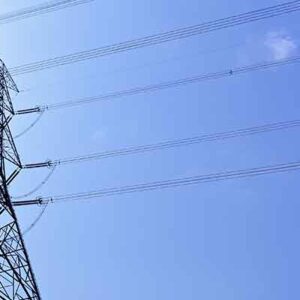PSCAD EMT Cluster Study

A municipal utility in Massachusetts, sought to evaluate the impact of a Distributed Energy Resources (DER) generation cluster on system reliability and compliance with ISO-NE PSCAD study requirements. Given the upcoming Transitional Cluster Study deadline, the client needed to complete the analysis as soon as possible to secure project approval.
RLC Engineering was engaged to conduct a Level 3 PPA analysis using Electromagnetic Transients (EMT) simulations in PSCAD. The primary goal was to assess system interactions, inverter stability, and ride-through performance under different contingencies, ensuring the cluster’s compliance with ISO-NE reliability standards.
The PSCAD study confirmed compliance with ISO‑NE requirements, enabling the client to move forward with project approval. No significant adverse impacts were observed on the reliability, stability, or operational characteristics of the transmission system. The study also identified and resolved inverter tripping issues that would have otherwise gone undetected, potentially causing ride-through failures during system faults.
By leveraging detailed EMT modeling and expert analysis, RLC Engineering provided the client with critical insights and solutions to ensure a successful project approval and seamless integration into the grid. This study highlights the importance of EMT analysis in assessing inverterbased DER ride-through capability, as traditional transient stability methods would not have revealed these issues.
Scope of Services
- Provided technical guidance on the ISO-NE study process and data and modeling requirements
- Verified the adequate performance of the detailed site-specific PSCAD models of the DER cluster according to ISO-NE requirements
- Used E-Tran and E-Tran Plus for PSCAD to convert PSS/E cases into detailed PSCAD models and perform parallel simulations
- Simulated major fault scenarios under light and peak load conditions
- Engaged with OEMs to resolve nuisance inverter tripping
- Benchmarked PSCAD results against PSS/E simulation outputs
- Verified system performance by checking ridethrough compliance, voltage recovery, damping performance, and overall system equilibrium
- Ensured alignment with ISO, NERC, and NPCC reliability standards




